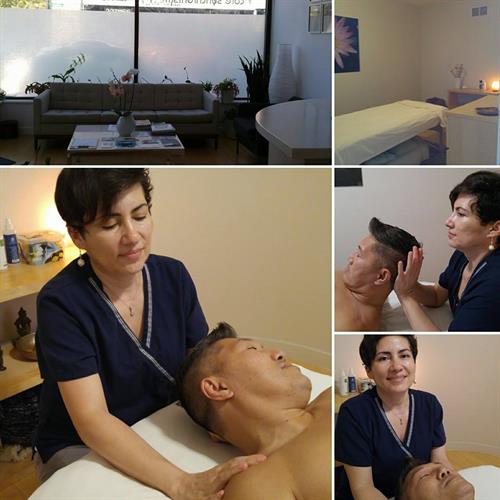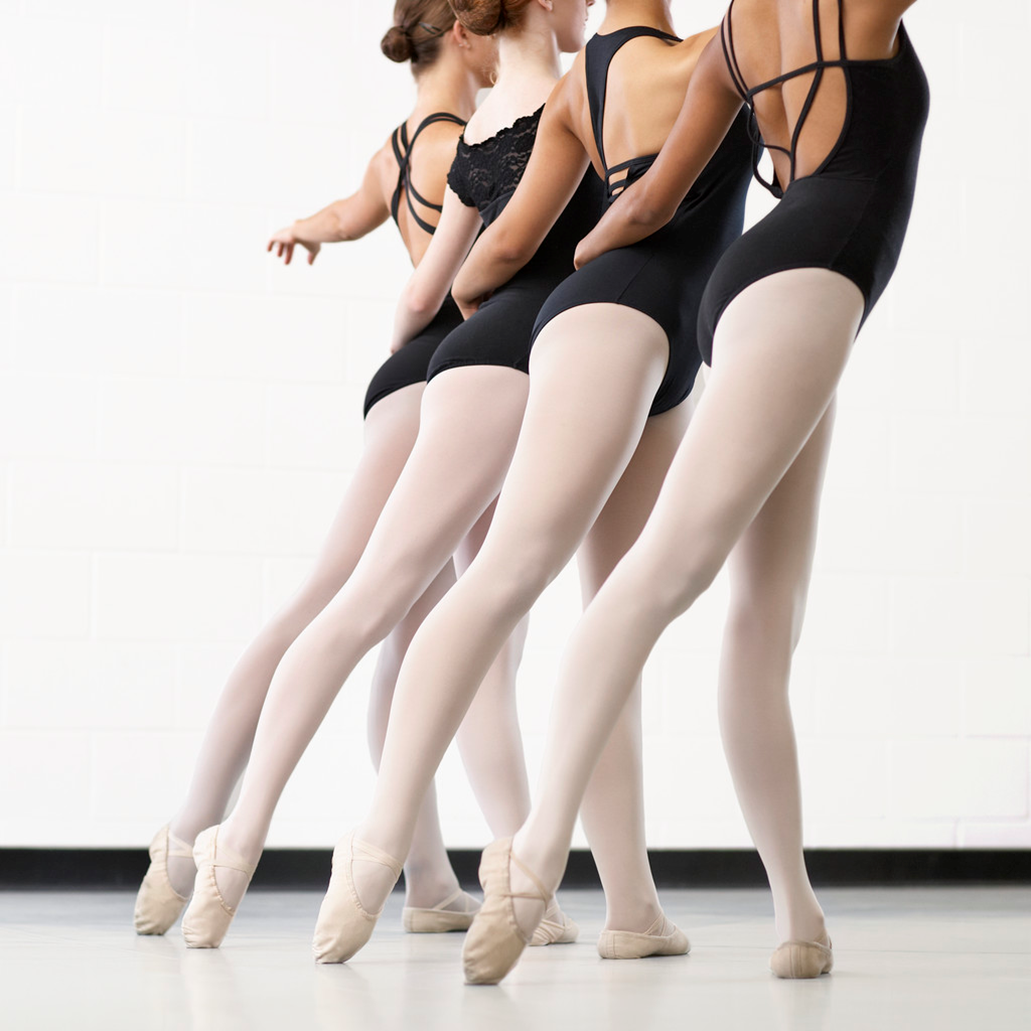Important information for those who sit much of the day, in the world of today gluteal amnesia is more the norm rather than the exception, and there’s a good chance that you’re suffering from it too!
The glutes are our bum muscles
Three muscles that help us extend our hips (move the leg backwards); abduct our hips (take the leg out to the side) and rotate our hip joints internally and externally.
Low back pain expert Stuart McGill , author of Low Back Disorders, describes the loss of glute strength and size as gluteal amnesia a reference to low back pain patients who don’t use their glutes effectively, as if the muscles simply forgot how to work.
Glutes tend to go dormant slowly but steadily under “normal” conditions. Seemingly innocuous activities like sitting or standing for long periods can leave them listless and apathetic. For example, sitting for hours creates tight hip flexors, and that tightness inhibits the glutes. If you have a job that puts you in a chair for much of the day and you spend a fair amount of time commuting in a seated position, your glute function is probably suffering.
Glute amnesia self test:
Glute amnesia can lead to chronic pain and injuries. Jim Thornton, MS, ATC, PES, and head athletic trainer at Clarion University in Clarion, Pa., suggests this self-test:
1. Stand on your right leg on top of a step or small platform, your left leg out in front of you.
2. Slowly bend your right leg, reaching your hips backward as far as is comfortable. If your right leg leans or caves inward at the knee, your glutes are probably weak or inactive. Repeat with your other leg.
Other factor to consider
Posture plays an important factor in gluteal activation. A common postural flaw that can lead to gluteal amnesia is known as anterior pelvic tilt. This occurs when the pelvis tilts forward and the stomach protrudes. The forward tilt of the pelvis stretches your gluteals into a relaxed state which decreases your ability to properly activate them (remember, muscles work best at optimum length and tension).
Prevention is key
Luckily, restoring glute function may not be very complicated. Breaking up periods of sitting into shorter stints helps. Try to move around more during the day. Get up and take a break. Gently stretch your hip flexors. Also, don’t sit with your legs crossed! This only exacerbates the problem as it increases hip flexion in the top leg.
Some of the causes include:
- Overworking or isolating the quadriceps when working out (leg press, leg extension)
- Improper abdominal training.
- Soft tissue adhesions.
- Articular (joint) fixations.
- Prolonged sitting or static posture.
Yes, even runners
Often, even in athletes who display a relatively neutral pelvic posture, the effectiveness of their Glute function is compromised due to the fact that other muscle groups (usually Quads) are, in relative terms, significantly stronger and more developed. This leads to the adoption of movement patterns and habits which place increased emphasis on the stronger muscle groups such as the Quads, rather than allowing the Glutes to contribute properly within the motion.
Lastly, if you are struggling with an aching lower back pain that no-one can quite put their finger on, or a hamstring or groin problem which keeps coming back no matter how much rest, treatment and rehab you give it, consider if your glutes and hip flexors could be the root cause of your problem.
Something to consider is the mind doesn’t distinguish glute, hamstring it recognizes patterns of movement and this would be a dysfunctional movement pattern and you may want to seek help to treat it so your body can respond to your rehab efforts.

